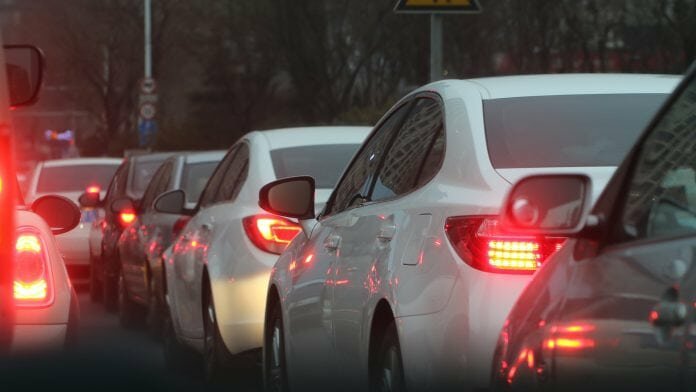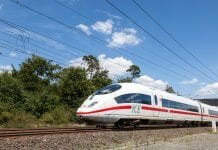
A new report from the World Economic Forum (WEF) and the Boston Consulting Group warns that the transition to autonomous vehicles could increase traffic in inner cities.
The report, entitled ‘Reshaping Urban Mobility with Autonomous Vehicles’, demonstrates the results of a study which examined the long-term impact that the transition to autonomous vehicles could have on cities, and warns that action is needed to anticipate and prevent the negative consequences of such a paradigm shift.
The authors of the report prepared a traffic simulation model for the city of Boston, Massachusetts, and found that while automation would reduce travel time and traffic in the outer parts of cities, their inner cores would see more traffic and more congestion, leading to journey delays.
Were there any positive aspects of autonomous vehicles in cities?
While traffic might increase in downtown areas of cities, the study revealed that the transition to autonomous vehicles would decrease the overall number of parking spaces needed in Boston by 48%, with similar results to be expected in comparable cities.
The results of a consumer survey undertaken as part of the research suggested that the most likely result of growing automation in transport is a shift towards mobility-on-demand, including autonomous shuttles, taxis and ride sharing – these applications will account for 30% of journeys taken in smart cities in the future.
How can the challenges of automation be addressed?
According to John Moavenzadeh, co-author of the report and member of the WEF’s executive committee, if cities are going to become smarter they need to be proactive rather than reactive in anticipating how cutting-edge technologies will affect them. With careful planning, the challenges of the transition to autonomous vehicles can be anticipated and effectively avoided.
He explained: “Cities need to actively explore policies and incentives, such as dynamic pricing, dedicated lanes, and redesign of the curb, to ensure that autonomous vehicles will achieve the full value for society that they promise. If such choices are not made, cities risk losing more than they will gain from autonomous vehicles.”


















